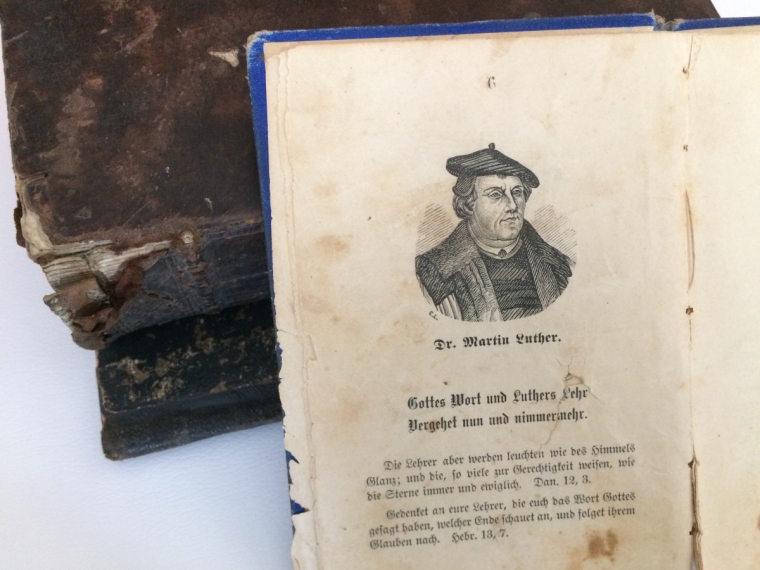Luther's original notes discovered

PARIS (Christian Examiner) – A book by the Protestant Reformer Martin Luther, containing his handwritten notes for a second edition, has been discovered in a library in northern France near where the book received its second printing.
According to a report from the BBC and French news sources, Franco-American researcher James Hirstein, a Latin linguist at the University of Strasbourg, discovered the book while preparing for a conference on Reformation-era humanism.
Hirstein said the book represented a "missing link" in Luther research because now scholars can "really take into account his wishes for a definitive edition."
The Freedom of the Christian, one of Luther's three treatises in 1520, was written as the German monk tried once more to avoid a final break with the 16th-century Catholic Church. It argues Christians are free from the need for penance and superstitious Catholic practices.
The work was immediately popular among the well-educated who were beginning to question the authority of the Roman church. It was soon headed for a second printing, but not before the reformer could make changes.
According to one French source, the book discovered in the library contains almost 50 notations in red from Luther's own hand, all of which were authenticated by experts. Hirstein said the changes were a "print template" for a second edition. That second edition, scholars now know as a result of the discovery, includes almost all of Luther's changes.
The Freedom of the Christian was dedicated to Pope Leo X, whom Luther sought to console as a "lamb amidst the wolves" and "a Daniel among the lions" of the Roman church. Not surprisingly, Leo rejected the work and added it to the charges against the German monk.
A curator at the library said the book with Luther's changes in red ink will not be viewed publicly until it can be treated with nitrogen to kill insects that had infested the book.